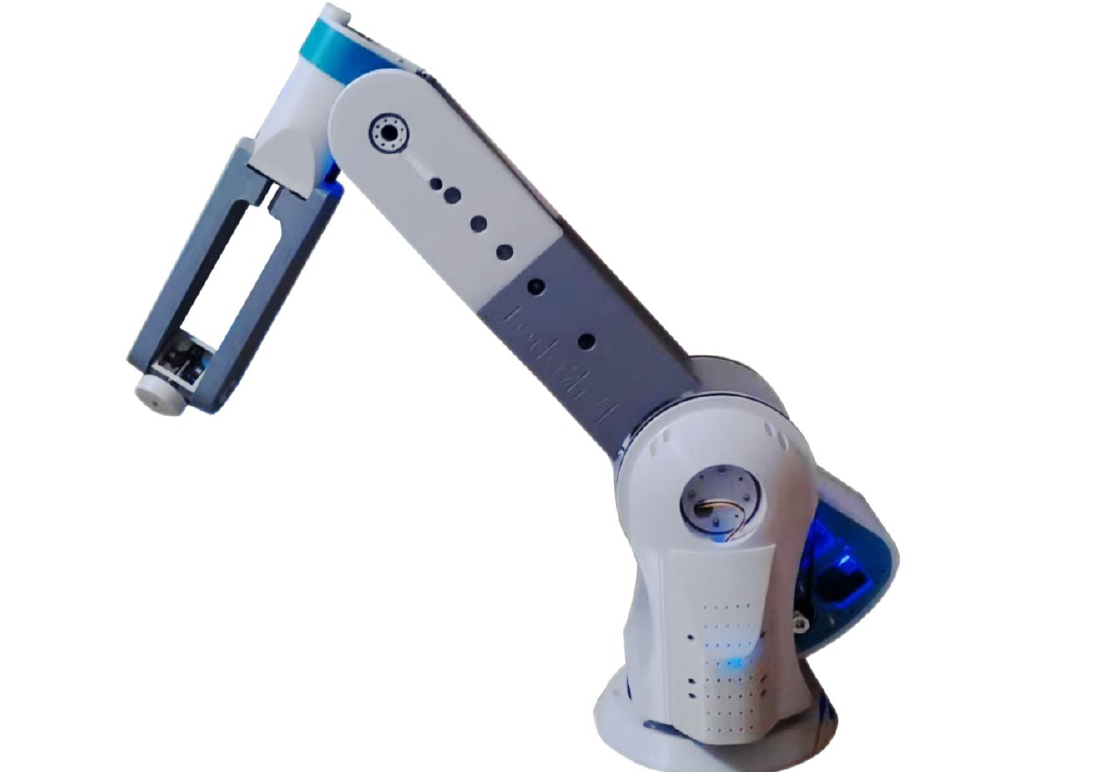Robot arms represent the pinnacle of mechanical complexity in our 3D printing portfolio. These sophisticated assemblies demonstrate advanced kinematic principles while showcasing the remarkable precision achievable through modern FDM printing technology.
Kinematic Engineering
Our robot arms incorporate multiple levels of mechanical sophistication:
Multi-Axis Movement: Six-degree-of-freedom designs that enable complete spatial positioning.
Joint Hierarchies: Coordinated movement systems where each joint contributes to overall arm positioning.
Workspace Analysis: Carefully calculated reach and movement envelopes for practical functionality.
Precision Tolerances: Engineered clearances that enable smooth operation while maintaining structural integrity.
Design Variations
We offer several robot arm configurations:
6-Axis Industrial Style: Full six-degree-of-freedom arms modeled after industrial robotics.
SCARA Configurations: Selective compliance designs optimized for specific movement patterns.
Articulated Assemblies: Complex joint systems that demonstrate advanced mechanical principles.
Educational Models: Simplified versions perfect for teaching robotics and engineering concepts.
Technical Innovation
Each robot arm showcases advanced 3D printing capabilities:
Print-in-Place Assembly: Complete functional mechanisms created in single print jobs.
Bearing Integration: Smooth-operating joint systems without requiring additional hardware.
Cable Management: Integrated channels for routing control cables and wiring.
Modular Design: Interchangeable components for different configurations and applications.
Practical Applications
Our robot arms serve diverse purposes:
Engineering Education: Hands-on learning tools for robotics and mechanical engineering students.
Rapid Prototyping: Functional models for robotics research and development.
Demonstration Models: Impressive displays of 3D printing and mechanical engineering capabilities.
Hobby Robotics: Affordable platforms for personal robotics projects and experimentation.
Manufacturing Excellence
Creating functional robot arms requires:
Precision Calibration: Perfectly tuned printer settings for optimal dimensional accuracy.
Advanced Materials: High-quality PLA and specialty filaments for durability and performance.
Support Optimization: Strategic support placement that preserves joint functionality.
Quality Control: Rigorous testing to ensure smooth operation and long-term reliability.
Future Applications
These robot arms represent the democratization of advanced robotics through 3D printing. By making complex mechanical systems affordable and accessible, we’re enabling innovation in education, research, and hobbyist robotics.
Each robot arm demonstrates how additive manufacturing is transforming mechanical engineering, enabling rapid iteration and customization that traditional manufacturing methods cannot match.
The precision and complexity achievable through 3D printing continues to expand the possibilities for functional mechanical systems, making sophisticated robotics accessible to students, researchers, and enthusiasts alike.
